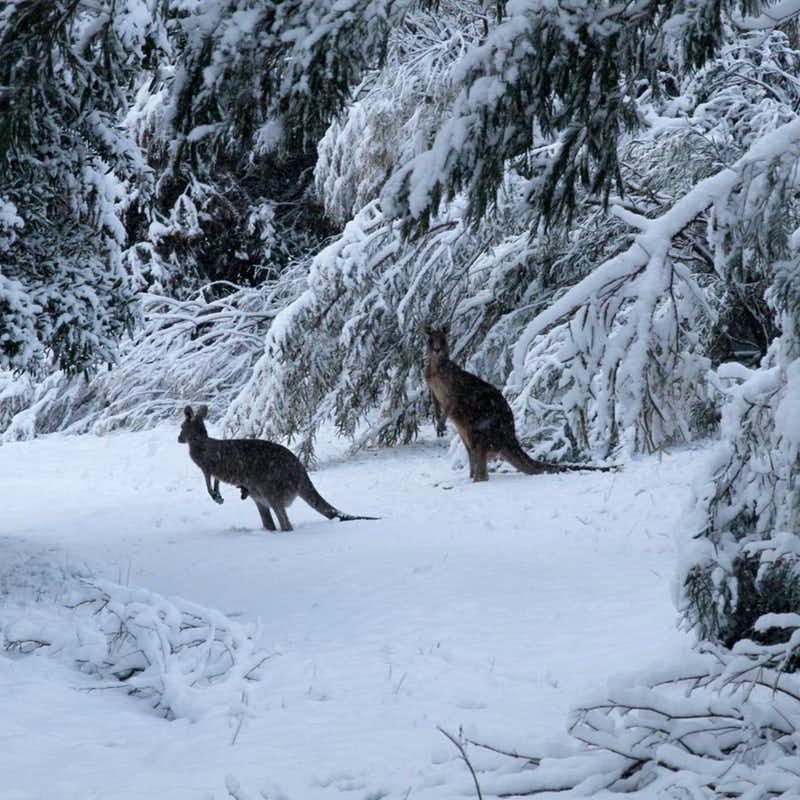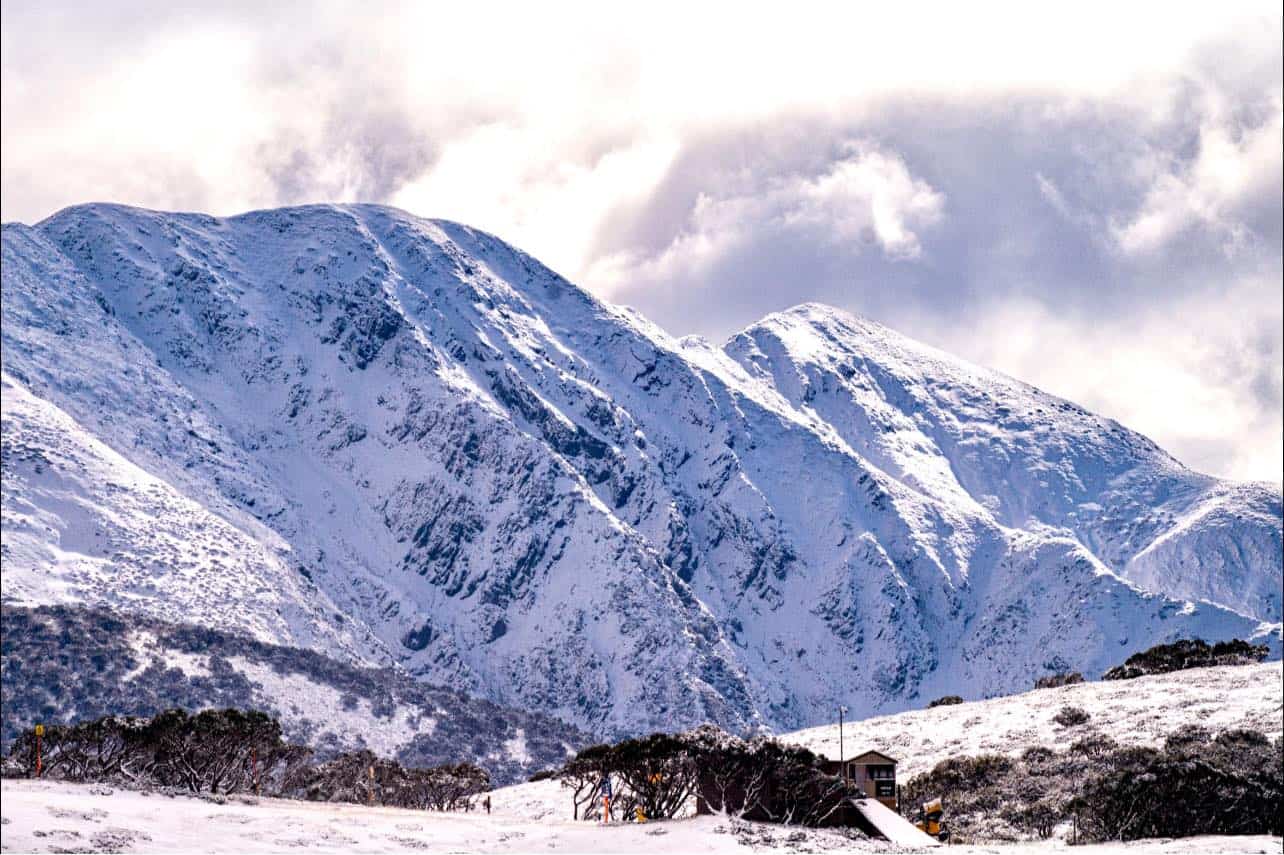Learn About the Interesting Weather Patterns That Cause Snow In Australia Each Year
Learn About the Interesting Weather Patterns That Cause Snow In Australia Each Year
Blog Article
Comprehending the Significance of Snow in Australia for Farming and Tourist
While Australia is typically connected with sun-kissed coastlines and arid wilderness, it also boasts a wealth of snowy towering areas. As we explore this unusual intersection, the possible effect of shifting climate patterns on Australia's snowfall and its succeeding results end up being an engaging emphasis.

The Unexpected Snowfall: Australia's Alpine Regions
When winter season cloaks the globe, Australia's Towering regions wear a white mantle of snow, a phenomenon that appears virtually paradoxical in this dominantly sun-baked land. Contrary to the stereotyped picture of Australia as a land of deserts and coastlines, these areas provide a beautiful and unusual comparison. The Australian Alps, extending across New South Wales, Victoria, and the Australian Capital Area, get more snowfall than Switzerland. This unexpected winter heaven uses an one-of-a-kind ecological community, supplying an environment for several native varieties and a snowy play ground for wintertime sporting activities enthusiasts. The annual snowfall, although not as abundant as in some nations, is a vital aspect of Australia's climate diversity and plays a significant duty in the nation's farming techniques and tourist sector.
Winter season's Bounty: Snow's Contribution to Australia's Water Resources
In spite of its rarity in the more comprehensive landscape of Australia, snow in the Towering regions plays an important function in the nation's water resources. Working as a natural tank, the snowpack stores water throughout the cold months, slowly launching it into rivers and dams as it melts in warmer periods. This procedure makes sure a steady supply of water, assisting in the stablizing of the nation's water cycle. This is particularly important for Australia, a continent regularly plagued by droughts. The snowmelt feeds into the Murray-Darling Container, a lifeline for numerous communities in the southeastern parts of the country. Without the bounty of winter snow, Australia's water resources would be substantially stressed, influencing both the populace and the environment.
White Covering, Eco-friendly Area: The Effect of Snow on Australian Farming
Although much less noticeable, the impact of snow on Australian farming is significant. Snowfall in the high nation acts as a natural kind of watering, progressively melting and offering a constant water to lower-lying farmland. This water-rich environment promotes the growth of durable plants, adding to the country's farming productivity. Additionally, snowfall boosts soil health and wellness by presenting moisture and capturing nutrients, which are gradually launched as the snow thaws. This process enriches the dirt, cultivating the development of much healthier, much more resistant crops. Furthermore, snow cover functions as a protective blanket, shielding the ground against severe winter temperatures that can otherwise harm plants. Therefore, the function of snow find out here now in Australian agriculture is both crucial and complex.

Money: Snow Tourism and Its Economic Importance in Australia
While the value of snow to Australian farming is commonly taken too lightly, its payment to the country's tourist sector is without a doubt substantial. The snow-laden peaks of Australia's towering areas bring in a flurry of travelers every winter, adding millions to the nationwide economy. These visitors take part in a variety of snow-based activities, from snowboarding and snowboarding to snowshoeing and sledging. The thriving snow tourist industry has resulted in the production of numerous tasks, from ski teachers to hotel team, boosting neighborhood economic climates while doing so. The earnings generated from snow tourism pop over to this web-site assists fund various framework projects and vital solutions in these regions. Therefore, the financial significance of snow tourist in Australia prolongs much past the inclines.
Future Forecast: Environment Change and Its Potential Results on Australia's Snowfall
As the world grapples with the fact of climate modification, so too needs to Australia consider its prospective effects on the nation's snowfall. Current clinical versions predict a reduction in Australian snowfall, with potentially serious effect on both farming and tourist. In some areas, the snow period could be shortened by as much as 80 days by 2050. Such modifications intimidate the viability of Australia's ski market, which contributes considerably to the regional economic situation. Much less snowfall could also impact the country's farming sector, as snowmelt plays a crucial role in watering crops. The potential results of these changes underscore the necessity of environment adjustment reduction initiatives, both in Australia and internationally.
Final Thought
In conclusion, snow is a crucial aspect of Australia's agricultural and tourist fields. The impending threat of environment adjustment increases issues concerning the future of Australia's snowfall patterns, potentially disrupting these considerable financial industries.

When winter capes the world, Australia's Towering regions put on a white mantle of snow, a phenomenon that appears nearly paradoxical in this dominantly sun-baked land.Despite its rarity in the wider landscape of Australia, snow in the Towering regions plays a critical function in the country's water sources. Without the bounty of winter season snow, Australia's water sources would be substantially stressed, impacting both the population and the environment.
Thus, the economic relevance of snow tourist in Australia like it prolongs far beyond the inclines.
In verdict, snow is a critical aspect of Australia's farming and tourism fields. Does Australia Get Snow.
Report this page